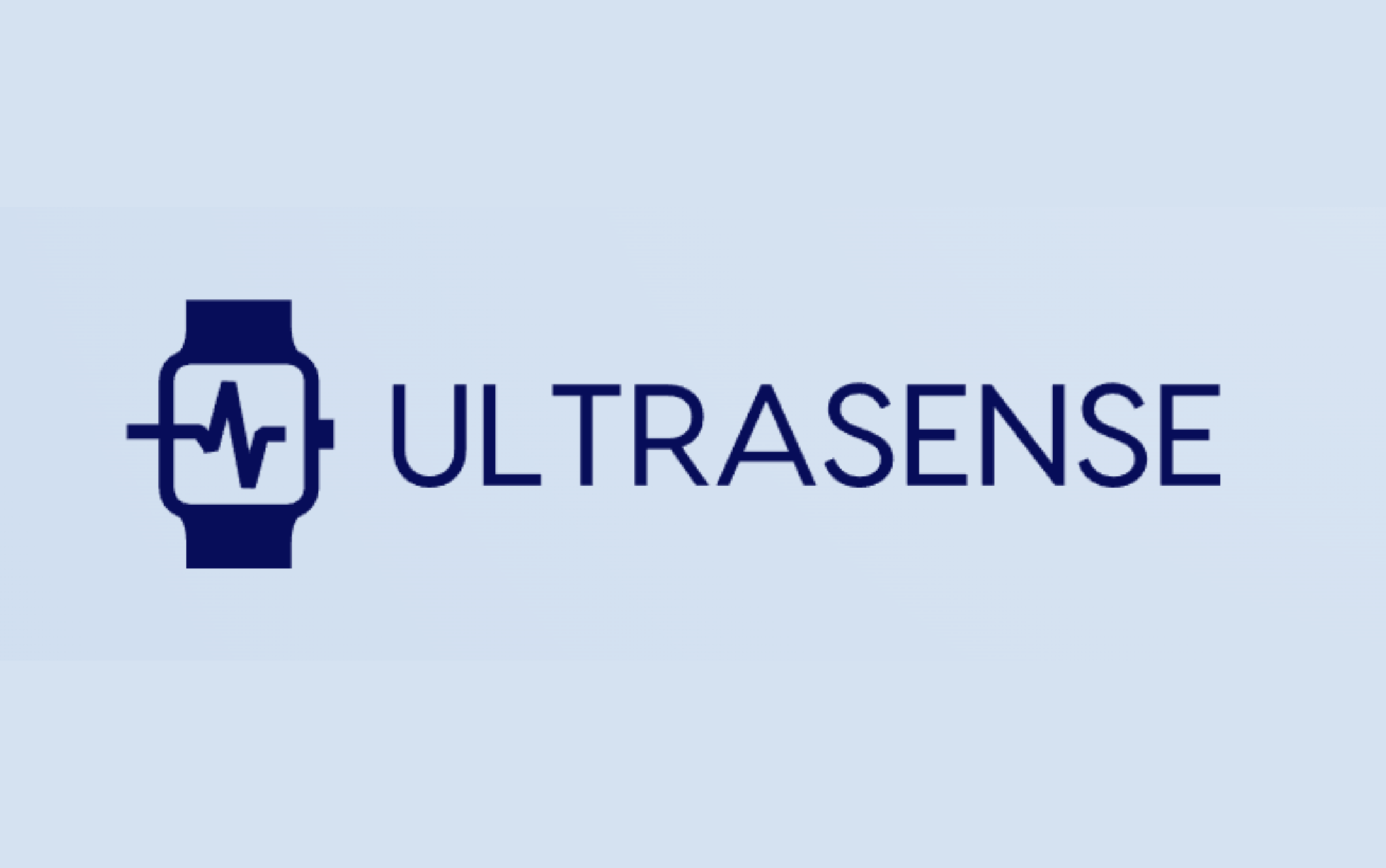Start of the new Horizon Europe project – ULTRASENSE

Ultra-Sound Combined with Bioelectrical Impedance Analysis and Graphene Field Effect Transistor Enhanced Wearable Sensing for Decentralised Health-Monitoring
The UltraSense Consortium project is set to transform health monitoring and lifestyle management with its innovative stretchable multi-sensing platform. As obesity and overweight prevalence in Europe reach alarming levels, UltraSense introduces a cutting-edge wearable tool designed for comprehensive body composition analysis and decentralised health monitoring. This project aims to foster a sustainable and healthier lifestyle for millions of European citizens.
Addressing a Growing Health Crisis
With nearly 50% of the European population being overweight and 16% classified as obese, monitoring these conditions is crucial. UltraSense’s wearable platform integrates smart features, AI signal processing, and advanced stretchable materials to provide precise and reliable health data.
The platform’s three sensor compartments include:
- Ultra-sound compartment: Delivers accurate information about body composition and tissue thickness.
- Bioimpedance compartment: Measures fat, water, and muscle percentage quickly and reliably.
- G-FET biosensor compartment: Retrieves biomarkers through sweat analysis with atto-molar sensitivity.
Innovative Use Cases
The UltraSense device will be validated in two key use cases:
- Promoting a Healthier Lifestyle through Sport: The device aims to improve exercise compliance and health outcomes by monitoring the overall health of exercised individuals.
- Early Detection and Continuous Monitoring of Metabolic Syndrome (MetSyn): Providing valuable data for personalised clinical management and health alerts for urgent medical treatment.
Sustainable and Economic Impact
UltraSense is committed to sustainability, with green and circular material synthesis approaches expected to reduce CO2 emissions by over 70%. The project anticipates significant societal and economic benefits, including selling 700,000 devices annually by 2032, generating €105 million in revenue and creating 20 new jobs. Millions will gain access to an affordable, easy-to-use device that informs them about their body composition, helping to reduce obesity and related diseases and lowering healthcare costs.
About UltraSense
The UltraSense project is a collaborative effort to develop a state-of-the-art wearable device that combines three different sensing technologies. By providing accurate and personalised health data, UltraSense aims to support managing and reducing obesity and related comorbidities, including MetSyn. This innovative approach will democratise body composition and health assessment, making it accessible to all.
This four-year project is funded by the European Commission under the Horizon Europe Framework Programme and is supported by the European Health and Digital Executive Agency. It involves ten public and private organisations across Europe. POLAR Electro OY will lead the commercialisation efforts, and the wearable device will be validated to achieve Technology Readiness Level 6 (TRL6).
Ioanna Zergioti, Professor at the National Technical University of Athens (NTUA), is the Project Coordinator of the UltraSense Consortium. Her research focuses on light and materials technology, photonics at the molecular level, nanofabrication methods, and laser transfer of 2D materials. She has built a strong network of experts and potential collaborators in her field, driving forward innovative projects in physics, material science, and electronics.
The UltraSense Consortium is an expanded transdisciplinary network with broad expertise in healthcare, academia and industry. According to Professor Zergioti:
“The combined expertise of the UltraSense Consortium will enable us to develop a comprehensive, wearable health-monitoring solution that empowers individuals to manage and improve their health proactively. The first step towards achieving this goal is to define the requirements and specifications and design advanced materials for our multi-sensing platform, ensuring its effectiveness and reliability.”